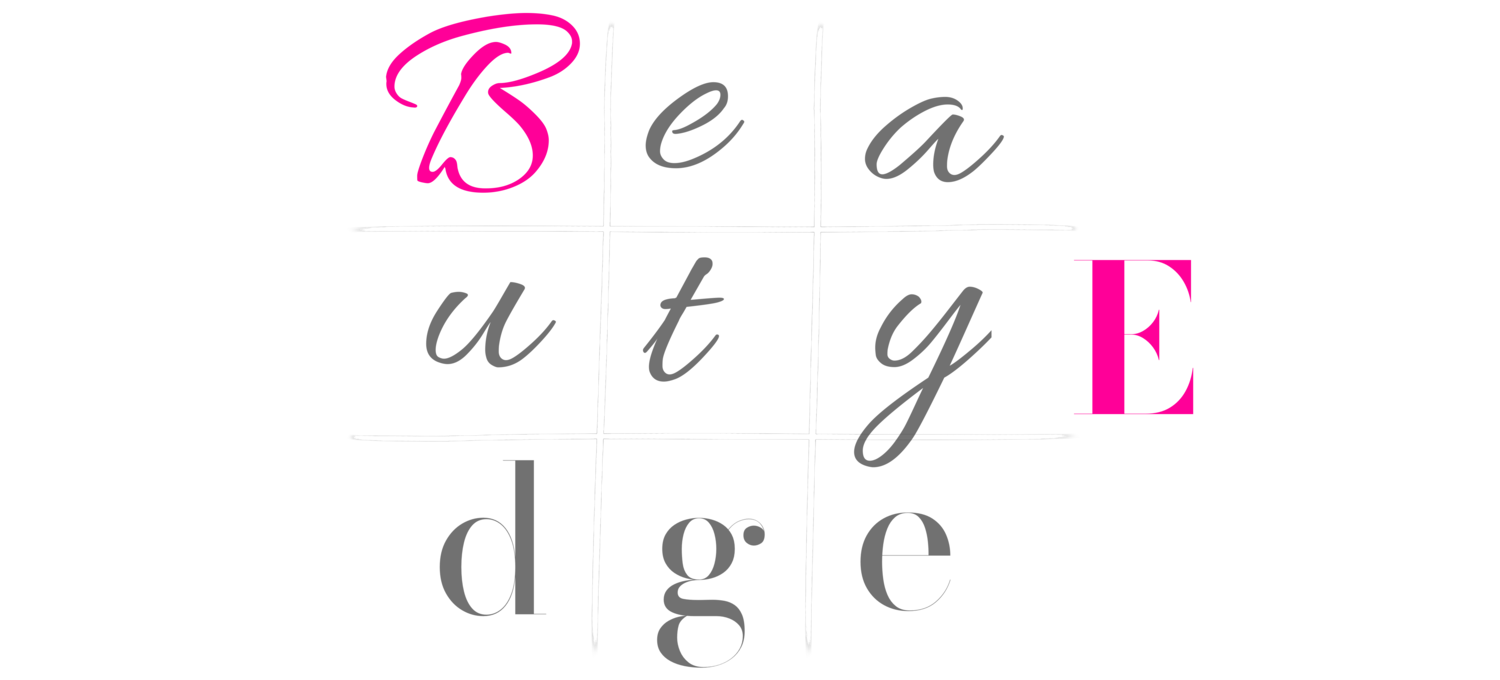The Golden era of Beauty
The U.S. population aged 65 and older has been the fastest-growing age group between 2010 and 2022. USAFacts
This demographic shift has significant implications for various markets, including cosmetics and skincare.
The global anti-aging cosmetics market was valued at approximately $38.62 billion in 2018 and is projected to reach $65.16 billion by 2032, indicating a compound annual growth rate (CAGR) of 3.71%. Fortune Business Insights
This growth reflects increasing demand for products that address the specific needs of an aging population.
Consumer interest in age-specific skincare is notable; three-quarters of U.S. anti-aging skincare users express interest in products tailored to their life stage. Mintel
With the 60+ population expanding and showing increased interest in age-focused beauty solutions, the cosmetics and skincare industry is well-positioned to tap into this lucrative market.The beauty industry often focuses on younger consumers, but there's a thriving market for cosmetics and skincare among those aged 60 to 85+.
This demographic has two distinct spending behaviors.
One group has the financial means to invest in premium products, while the other remains budget-conscious but still desires quality beauty solutions.
How can retailers cater to both?
3 key strategies
to capture a mature audience
1. Offer a Tiered Product Selection
To appeal to both spenders and budget-conscious buyers, retailers can carry a mix of high-end and affordable options.
For example:
Luxury Lines: Premium skincare brands with advanced anti-aging formulas, specialized treatments, and high-quality ingredients for those willing to invest in top-tier products.
Affordable Alternatives: Effective yet reasonably priced skincare and cosmetics that still deliver quality results for price-sensitive customers.
By clearly differentiating these options, retailers can cater to varying budgets while maintaining brand trust.
2. Focus on Skincare-Infused Makeup
Mature consumers prioritize skincare benefits in their makeup choices. Brands and retailers can highlight products that provide hydration, SPF protection, and anti-aging properties.
Some key offerings include:
Foundations with skincare benefits that hydrate, brighten and treat mature skin concerns.
Lipsticks and lip balms with moisturizing and repairing benefits.
Lightweight, illuminating concealers to enhance natural beauty.
By emphasizing these benefits, brands can appeal to both groups—those who want premium anti-aging solutions and those seeking multi-use, value-driven products.
3. Enhance the Shopping Experience with Education & Personalization
More mature consumers appreciate guidance when choosing beauty products. Retailers can partner with brands to create a welcoming shopping experience by offering:
Virtual and in-store consultations to help customers select the right shades and skin care formulas.
Senior-friendly marketing, including larger fonts on packaging and easy-to-use applicators.
Loyalty programs that reward repeat purchases and offer discounts, appealing to both big spenders and budget-conscious shoppers.
Final Thoughts
The 60-85+ market is not only active but eager for beauty products that cater to their unique needs. By offering a diverse product range, prioritizing skincare benefits, and enhancing the shopping experience with education and personalization, retailers and brands can successfully tap into this lucrative segment.
The key is to provide choices that align with both spending habits while ensuring that every customer—no matter their budget—feels confident and beautiful.
If you are looking for new approaches or formulas to reach this market feel free to reach out to us at info@beautyedgeinc.com
